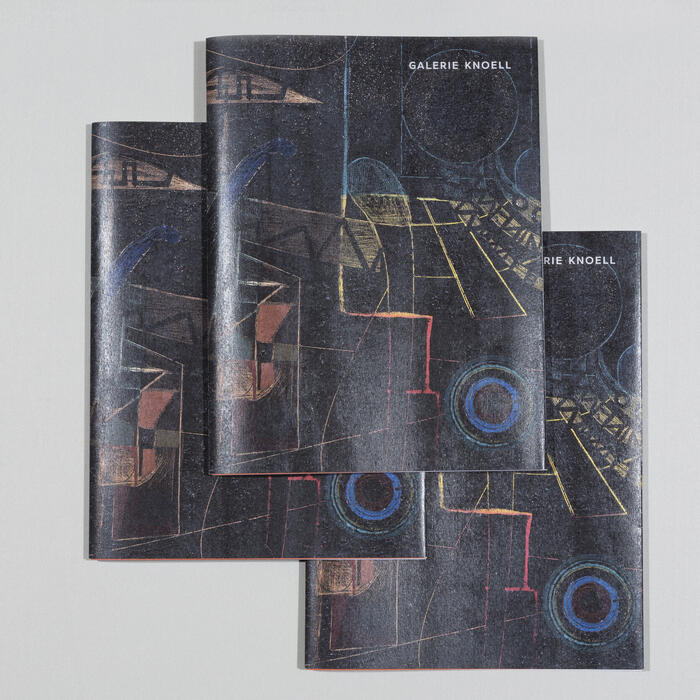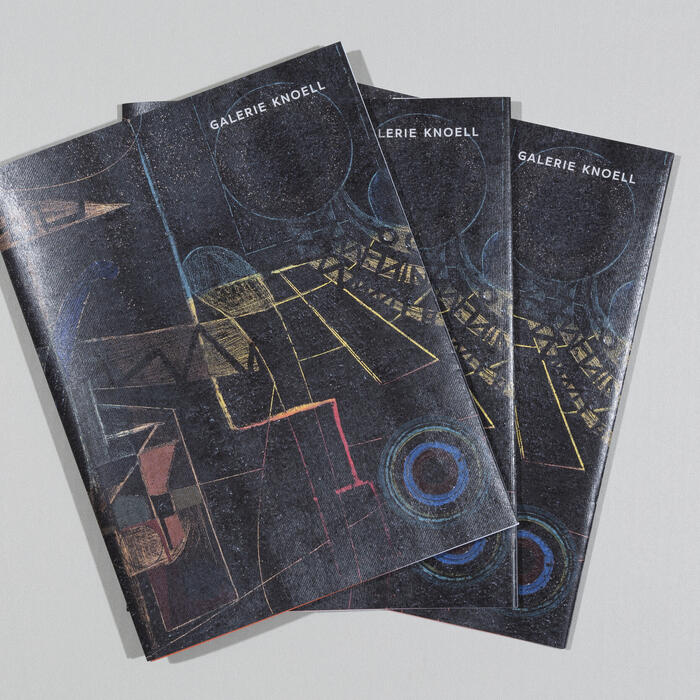Sonja Sekula
13.05.2022 – 08.08.2022
In parallel with Art Basel 2022 Galerie Knoell presents a solo exhibition of works by Swiss-American artist Sonja Sekula (1918-1963). On display are approximately 50 paintings and works on paper from notably her most stable and successful period (mid-1940s to 1963), under the patronage of Peggy Guggenheim and later Betty Parsons, tracing her development alongside friends and mentors of the emerging Abstract Expressionists. Additionally, Sekula’s mark-making, text-inclusion and appropriation of Native American folk art is particularly apparent, paralleling the calligraphic approach and Indigenous references of artists such as Mark Tobey and other Indian Space Painters.
Much has been made of Sekula’s pivotal move to New York in 1936 and her inclusion in the deeply mythologised and hyper-masculine post-war art scene. Born in Lucerne, it was in New York that Sonja Sekula trained and matured as an artist. Although suffering chronic mental health problems from an early age, she began earning a reputation in 1943, the year Peggy Guggenheim included her work in a group show at her gallery Art of This Century. After Guggenheim moved to Venice, Sekula switched galleries in 1948 to work with Betty Parsons, to whom Sekula would remain deeply attached throughout her life and who would offer her 5 solo shows within a decade.
Sekula bridged the worlds of Surrealism and Abstract Expressionism. She was influenced as much by her expressionist counterparts, embracing their much loved action painting and graphic gesture, as by the influx of major European Surrealist emigres to the city (figures such as Breton, Gorky and Ernst). David Hare noted that “The Surrealists liked the way she talked and the poetic ideas she had.” In 1943 Breton collaborated in the selection of artists for the groundbreaking show Exhibition by 31 Women at Guggenheim’s Art of This Century gallery. There Sekula was chosen alongside both surrealist and emerging abstract expressionist female artists such as Leonora Carrington, Meret Oppenheim, Frida Kahlo and Hedda Sterne. In the same breath she was exhibiting alongside male artists such as Jackson Pollock and Barnett Newman at the same gallery and mixing effortlessly within the male-dominated abstract expressionist circles, highlighted in the 2016 exhibition and publication 'Sonja Sekula, Max Ernst, Jackson Pollock and Friends' at Kunstmuseum Luzern.
Sekula met success relatively early and was recognized during her lifetime yet acclaim for her work became notably quieter after her death. Whilst she was able to work – and work successfully – in the grip of several damaging mental health episodes, ultimately her return to Switzerland in 1955 in order to receive affordable clinical support marked the end of her recognition by the art world. As Griselda Pollock notes, “Exile by coming ‘home’ broke the thread of what might have become a more recognized and sustained American career, even if punctuated by recurrent illness.”
Described as both brilliant and highly disturbed, living as an openly gay woman in the 1940s and 1950s no doubt also affected the reception of her art. Only in Switzerland, where she was hailed as a local artist from the time of her return in 1955, was a level of interest maintained more or less steadily after her death. Notably in the last 4 to 5 years her work has drawn increasing attention, specifically in the US. In 2018 the Museum of Modern Art in New York purchased a major work, The Town of the Poor (1951), immediately integrating it into its permanent collection. As appreciation for Sekula’s work continues to grow, they acquired a second piece in 2022, The Voyage (1956). Larger monographic exhibitions are being planned.
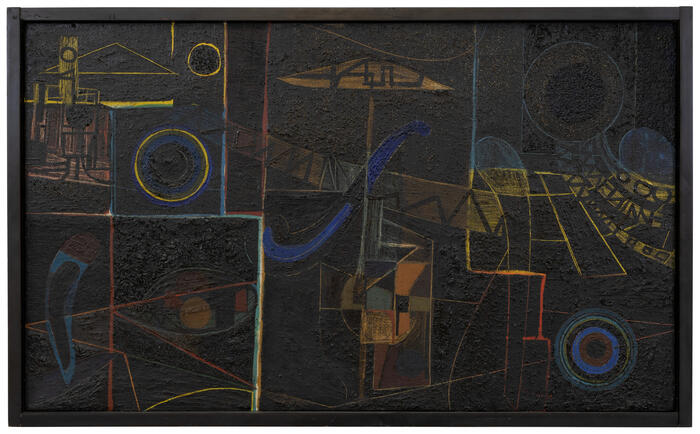 Sonja Sekula
Sonja Sekula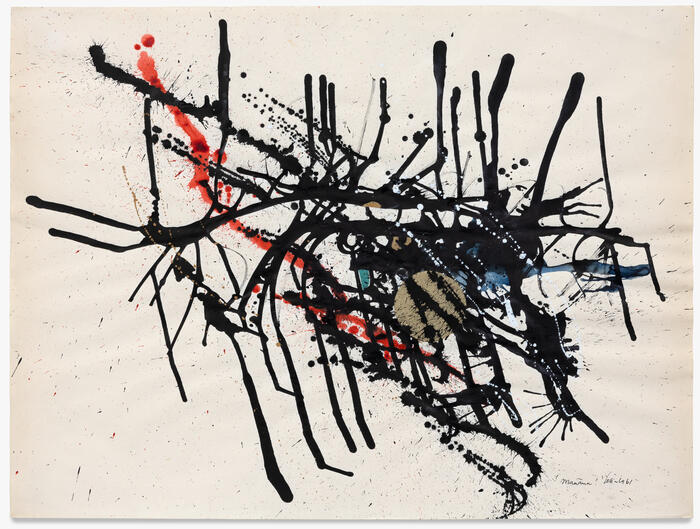 Sonja Sekula
Sonja Sekula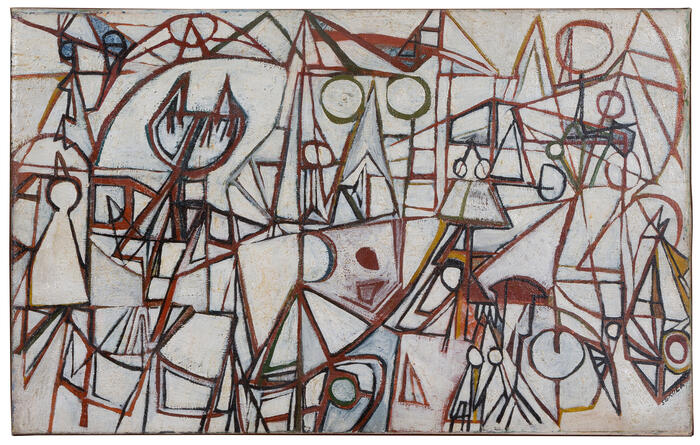 Sonja Sekula
Sonja Sekula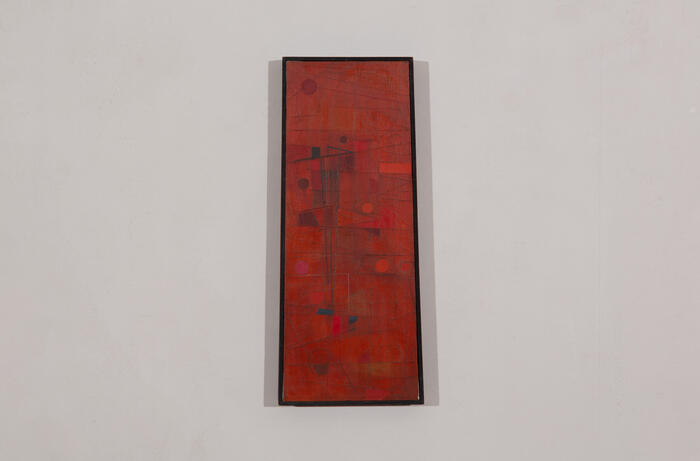 Sonja Sekula
Sonja Sekula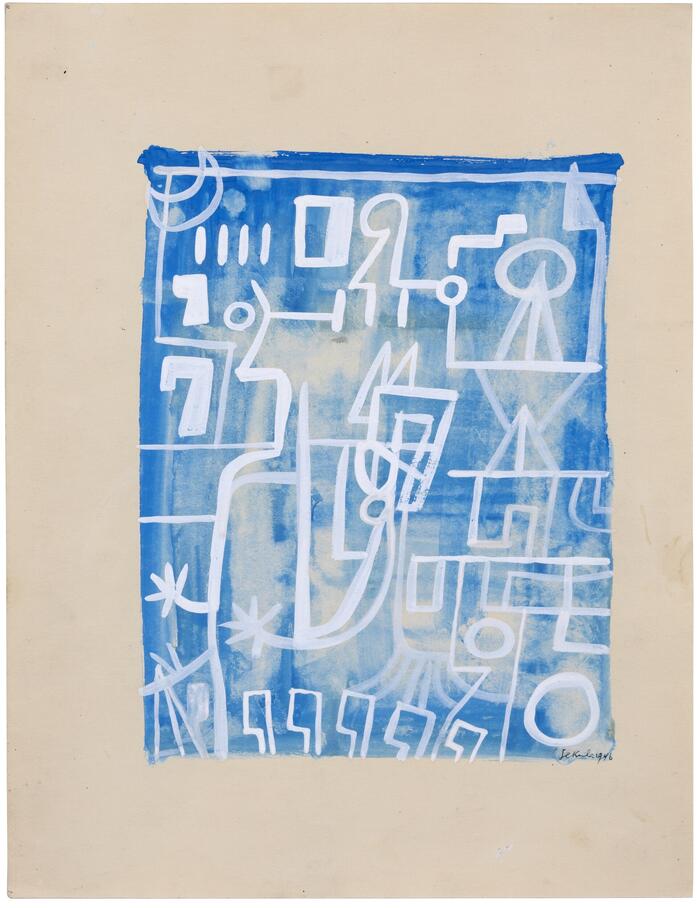 Sonja Sekula
Sonja Sekula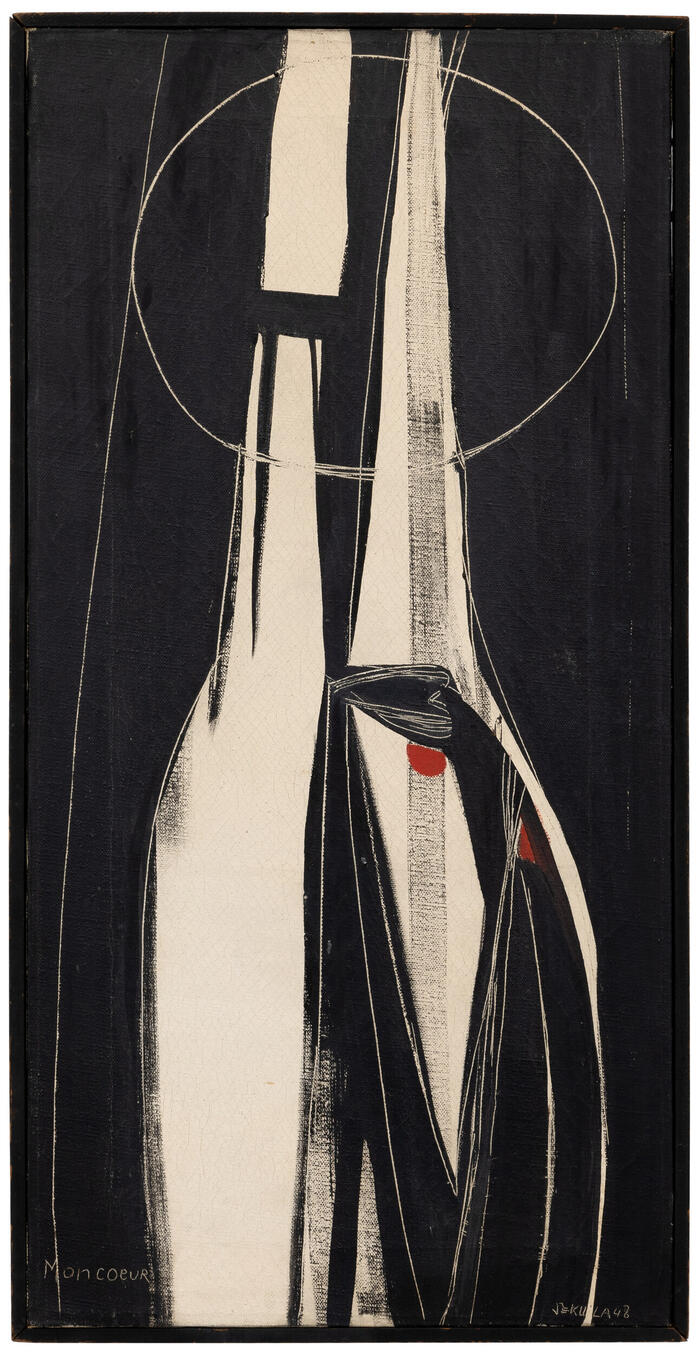 Sonja Sekula
Sonja Sekula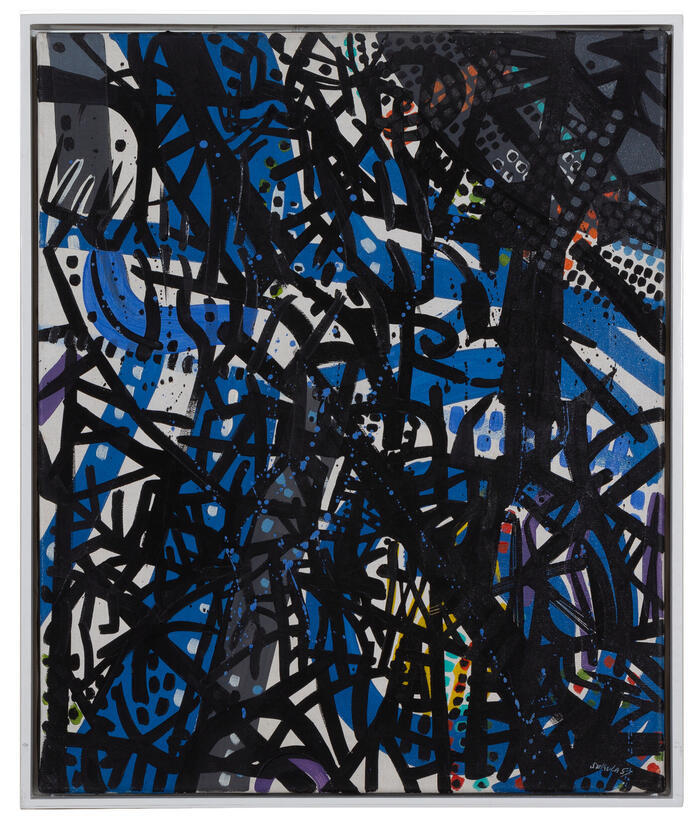 Sonja Sekula
Sonja Sekula